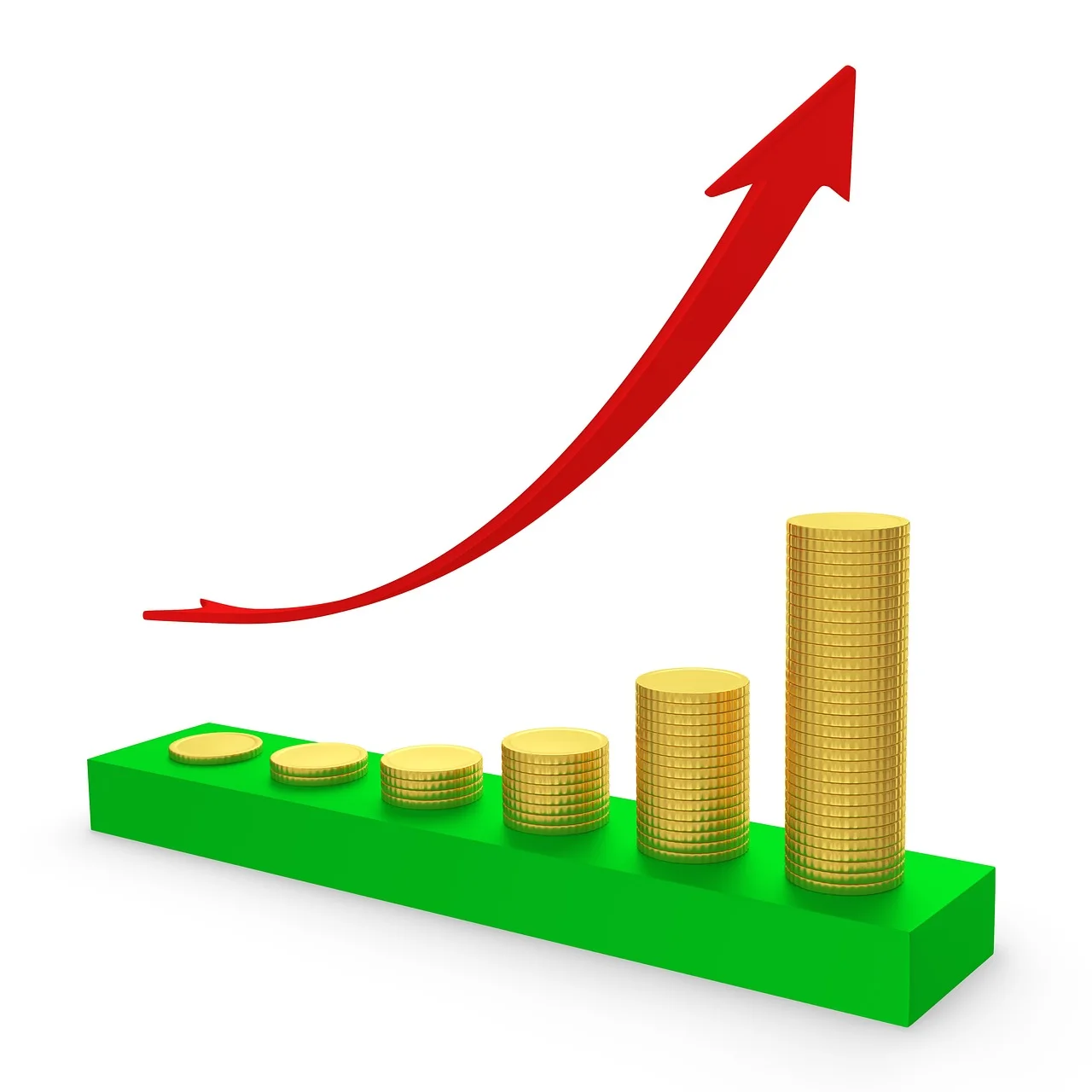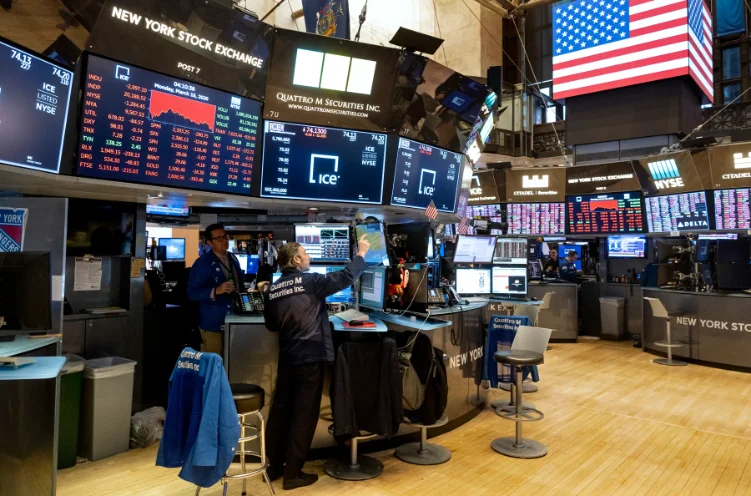On Monday, the CNN Money Fear and Greed index showed that investors were feeling “Fear.”
U.S. stocks had a better day as all three major stock market indicators rebounded from four consecutive days of losses.
Looking at economic data, the Chicago Fed National Activity Index went down to -0.16 in August, which is a drop from the revised July reading of 0.07.
Amazon Inc. saw its stock rise by 1.7% on Monday. They made an exciting announcement about investing up to $4 billion in Anthropic, a promising AI company. Amazon is eager to tap into the power of artificial intelligence for various purposes across their business.
Most sectors in the S&P 500 had positive outcomes, with energy and materials stocks making the most gains. However, consumer staples, utilities, and real estate stocks didn’t follow the overall trend and ended the day with losses.
The Dow finished Monday on a positive note, gaining about 43 points to reach 34,006.88. The S&P 500 climbed by 0.40%, closing at 4,337.44, while the Nasdaq Composite increased by 0.45% to finish at 13,271.32 during Monday’s trading session.
Investors are eagerly anticipating the earnings reports from TD SYNNEX Corporation, Cintas Corporation, and Costco Wholesale Corporation.
On Monday, the Fear & Greed Index was at 38, which means it was still in the “Fear” zone. This was up from a previous reading of 34.3.
But what exactly is the CNN Business Fear & Greed Index?
Well, it’s a tool that helps us understand how people are feeling about the stock market right now. It works on a simple idea: when folks are really scared, it can push stock prices down, and when they’re feeling super greedy, it can push prices up.
To figure out where we stand on this scale, the index looks at seven different things, and they all carry the same weight. The index goes from 0 to 100. If it’s at 0, it means people are as scared as they can be, and if it’s at 100, people are as greedy as can be. It’s like a thermometer for the stock market’s emotions.





